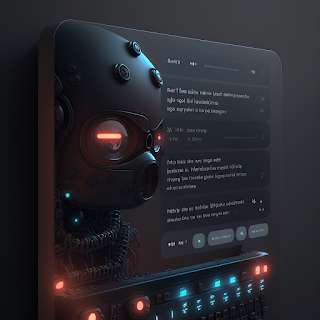 |
| Al chat machine, |
As the world becomes increasingly reliant on technology, it is important for us to consider the potential drawbacks that come with relying on it. Recently, a bug in the ChatGPT platform has caused concern and has led to the system being temporarily disabled.
ChatGPT, an AI-powered chatbot designed by OpenAI, is a popular platform used by many individuals and businesses for various purposes such as customer service, education, and entertainment. However, a recent bug caused some users to experience issues with their chat histories. This raised concerns about the security and reliability of the platform, leading to its temporary shutdown.
The issue was quickly resolved, and ChatGPT is now back up and running. However, this serves as a reminder that even the most advanced technologies can experience issues and that we should always be aware of potential vulnerabilities. It is important to stay vigilant and take precautions to protect our data and information.
One way to ensure the security of your data is to use strong passwords and enable two-factor authentication whenever possible. It is also a good idea to keep your software and applications up to date, as updates often include security patches that address potential vulnerabilities.
Additionally, it is important for companies and organizations to prioritize the security and privacy of their customers' data. This includes conducting regular security audits, implementing secure encryption protocols, and keeping their systems up to date with the latest security patches.
Despite the recent bug, ChatGPT remains a powerful and useful tool for businesses and individuals alike. Its ability to quickly and accurately process vast amounts of data and information is a testament to the incredible advancements in AI technology.
In conclusion, the recent bug in ChatGPT serves as a reminder that even the most advanced technologies are not immune to issues. However, with proper precautions and measures in place, we can continue to rely on AI-powered tools like ChatGPT to improve our daily lives and increase efficiency. It is up to both individuals and companies to prioritize the security and privacy of our data, and to work together to ensure the continued success of these powerful technologies.

Comments
Post a Comment